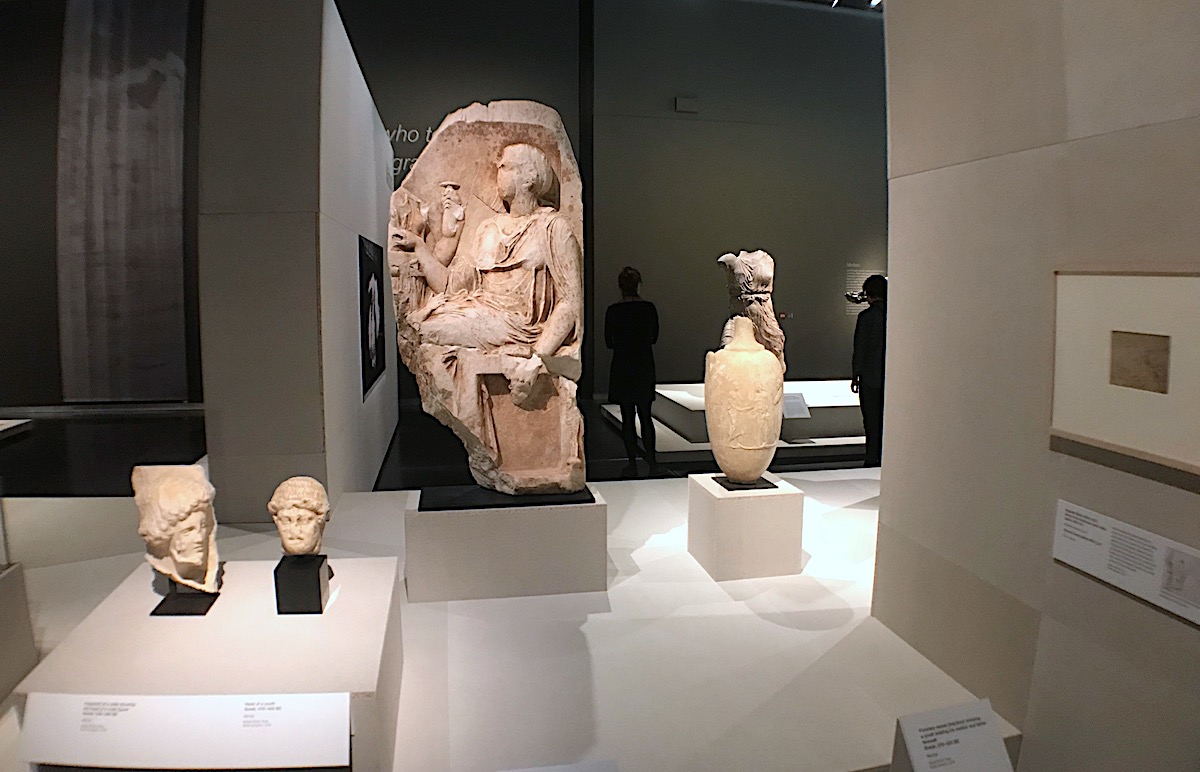In the resonant halls of UK museums, the echoes of colonialism reverberate, shaping not just the artefacts on display but the very essence of these institutions. Forward-thinking Curators and Museum Directors are now forced to confront this uncomfortable truth, acknowledging colonialism’s profound human consequences and an approach to putting it right. It’s a damning expression of power rooted in oppression, resource extraction, and the erasure of diverse ways of existence and knowledge.
Colonialism’s grasp isn’t a bygone chapter but an enduring narrative etched into museums’ collections, institutional histories, and structures. These institutions have, throughout history, propagated the case for colonialism, weaving racist and prejudiced views into the fabric of our national discourse. This legacy festers, poisoning our understanding of race and identity, resulting in a nation plagued by collective amnesia.
Sathnam Sanghera, in his poignant work ‘Empireland: How Imperialism Has Shaped Modern Britain,’ peels back the layers of our society’s selective memory. He highlights how museums, integral to our national identity, shirk honest engagement with their imperial artefacts. Our multicultural society is obscured by our reluctance to admit the multiculturalism embedded within our former Empire, leading to tragic and absurd conversations about race.
Historically, decolonisation meant wresting control from foreign dominators. Today, it’s a nuanced journey, a reckoning with the insidious tendrils of colonialism still woven into our societal fabric. Decolonial thinking isn’t just about righting historical wrongs; it’s about the land rights of Indigenous peoples and the clamour for reparations from the descendants of enslaved ancestors. It’s about confronting the multifaceted oppression that lingers, haunting every corner of our society.
To decolonise museums, we must reimagine every facet of these institutions. It’s not just about what’s exhibited but who’s involved and what’s valued. This transformative process is messy, thoughtful, imaginative, and emotional. It’s a collective endeavour fueled by a thirst for justice and equity. It seeks to strip away the colonial lens that distorts history, striving to rebalance power and representation.
Decolonising Museums: Confronting The British Empire’s Legacy
There is a current battle against the intersecting forces of racism, gender discrimination, class disparity, disability biases, and prejudices based on identity. It concerns dismantling the structures that perpetuate these inequalities, ushering in an era where our museums tell not just the victor’s tale but the authentic, diverse stories of our shared history. The journey to decolonisation is fraught, but it’s a reckoning the Museum’s Association are bravely embracing, heralding a more equitable future for cultural institutions and society.
In a significant cultural shift, museums worldwide increasingly recognise the importance of repatriating of important cultural artefacts to their countries of origin. This movement marks a crucial step toward acknowledging historical injustices, fostering diplomatic relations, and preserving cultural heritage. From the halls of renowned institutions to the hearts of indigenous communities, the return of these artefacts represents a profound reconciliation with history.
Historical Context: Unearthing the Past
Colonial powers and collectors amassed vast numbers of key artefacts for centuries, often acquired through questionable means. These items, ranging from sculptures and paintings to ceremonial artefacts, became emblematic of a nation’s heritage. However, many of these treasures were forcibly taken from their places of origin, leaving a void in the cultural tapestry of numerous countries.
The Repatriation Movement: A Quest for Justice
In recent years, a growing awareness of these acquisitions’ ethical implications has sparked a global repatriation movement. Museums and institutions are reevaluating their collections, working with nations seeking the return of their cultural heritage. This movement is not merely about returning important objects but about restoring dignity, cultural identity, and historical continuity to the communities these artefacts represent. Yes, this also includes the Parthenon Marbles!
Reconciliation and Diplomacy: Healing Old Wounds
Repatriation efforts have become a cornerstone of diplomatic relations between nations. Returning stolen or illegally acquired key artefacts symbolises a commitment to rectifying historical wrongs. It fosters collaboration, mutual respect, and understanding between countries, laying the foundation for stronger international ties.
Indigenous Voices: Reclaiming Cultural Heritage
Indigenous communities, in particular, have been at the forefront of the repatriation movement. For them, these artefacts are not just relics; they are living links to their ancestors, traditions, and spirituality. The return of these items signifies a profound healing process, allowing indigenous peoples to reconnect with their roots and pass down their cultural heritage to future generations.
Challenges and Collaborations: Navigating the Path to Repatriation
While the momentum for repatriation is strong, challenges persist. Legal complexities, provenance research, and ethical considerations demand careful navigation. International collaborations between museums, scholars, and governments are essential to addressing these challenges and ensuring the respectful return of important artefacts.
Looking Ahead: A Shared Cultural Responsibility
The movement to repatriate key museum artefacts represents a collective acknowledgment of shared cultural responsibility. Museums are evolving into spaces where diverse voices and narratives converge, fostering a deeper understanding of global heritage. As the world moves forward, the emphasis on empathy, reconciliation, and respect for cultural diversity will continue to guide the repatriation efforts, creating a legacy of harmony and understanding for future generations.
Our thanks to the Museum Association for much of the information disseminated in this article.
Edited by P C Robinson Photo: © Artlyst 2023

